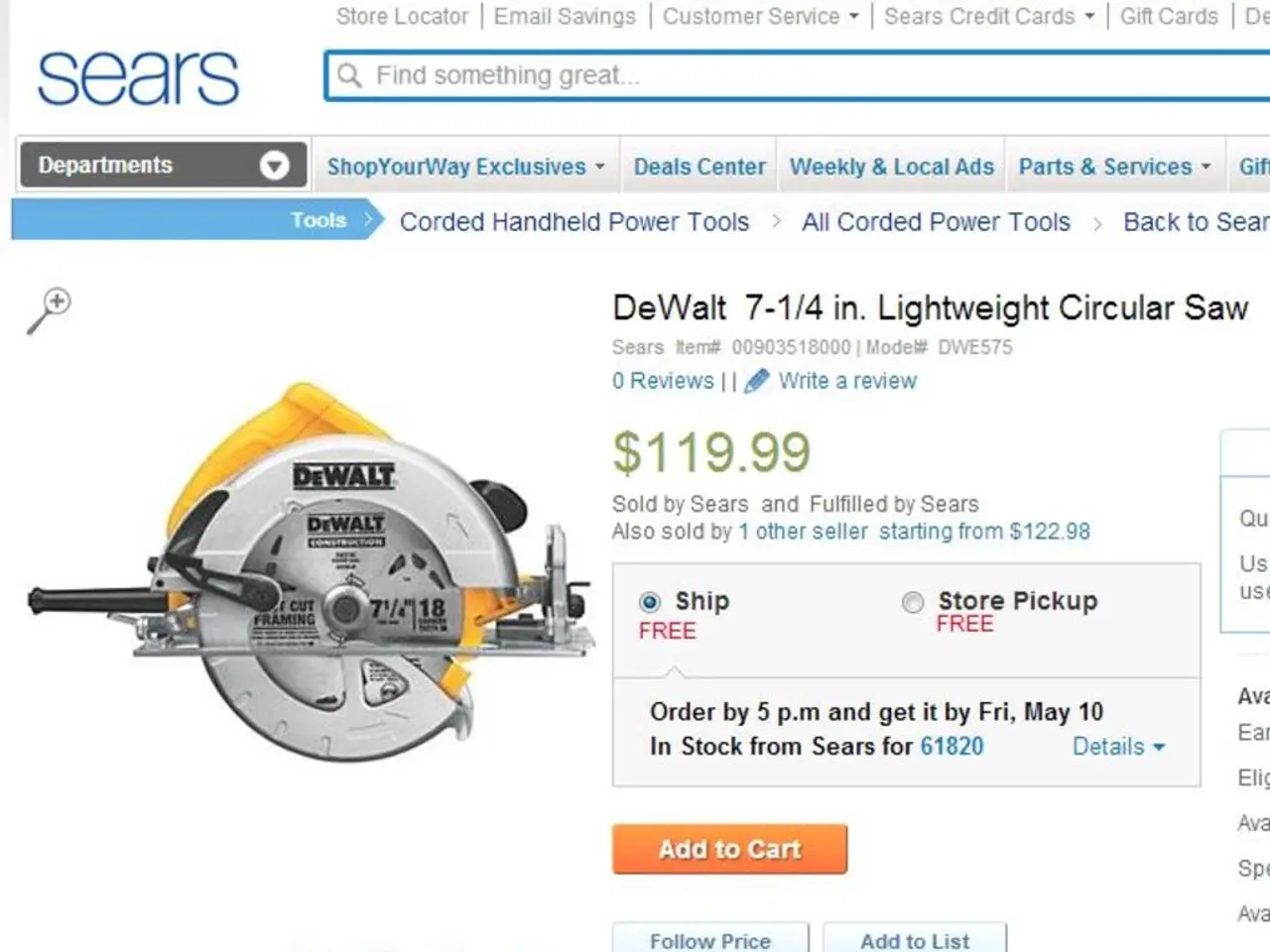American Bike Industry Sparks Competition: Emergence of Premium Chinese Bicycle Brands from Homegrown Factories
The North American bicycle market is witnessing a significant shift as Chinese Original Equipment Manufacturers (OEMs) are increasingly entering the market directly, challenging the status quo and offering potential benefits for consumers.
Traditionally, North American brands have relied on Chinese OEMs for production, but this dynamic is changing. Rising costs in China and the decline of American manufacturing have led to a reshaping of the landscape. Chinese OEMs are now launching their own high-end brands, such as XDS with the AD300 road bike, which features a carbon frame and fork, internal routing, and L-Twoo components, all for less than $1,300[1].
This new approach by Chinese OEMs presents increased competition for established North American brands. However, it also offers potential advantages for consumers, with the possibility of lower prices and a broader product selection[1].
For instance, Giant Bicycles, an OEM that also produces its own bicycles and components, has been manufacturing in-house, but this comes with higher costs and higher-priced products[2]. In contrast, the lower prices from OEMs entering the North American market may be temporary, as they learn the true costs of marketing and R&D[2].
The success of Chinese OEMs in this expanded role depends on how they manage areas like brand recognition and marketing when selling to high-end consumers in North America[1]. This is particularly important, as around 90% of bicycles sold in the United States come from Asian countries[4], but high-end customers often prefer to buy from recognized brands due to concerns about safety and quality.
Some North American companies, like Guardian Bikes, are attempting to reshore manufacturing to regain control over product quality and safety, especially for specialized niches like children's bikes[3]. This suggests a potential bifurcation: some brands doubling down on domestic production for quality and control, while others may continue to depend on or compete with evolving overseas OEM capabilities.
Innovation is another area where this shift could lead to significant changes. OEMs can adjust to changing sales trends more quickly due to controlling their own production, potentially leading to increased innovation and integration, especially in premium or e-bike segments[2].
However, the North American bicycle market is predicted to continue declining in the US[5]. This trend, combined with the cost to start up a manufacturing facility, particularly for small and medium-sized brands, presents challenges for Chinese OEMs looking to establish a foothold in the high-end North American market.
Despite these challenges, the evolution of the North American bicycle market reflects broader global supply chain trends and may lead to a more dynamic, segmented market where brand identity, manufacturing location, and technological innovation play crucial roles in competitive positioning.
References:
[1] "Chinese OEMs Enter the North American Bicycle Market," Bike Europe, 2021. Link
[2] "The Rise of Chinese OEMs in the Bicycle Industry," Bicycle Retailer, 2021. Link
[3] "Guardian Bikes Reshore Manufacturing," Guardian Bikes, 2021. Link
[4] "The State of the U.S. Bicycle Market," PeopleForBikes, 2020. Link
[5] "U.S. Bicycle Market Decline Predicted," Bicycle Dealer News, 2020. Link
- The arrival of Chinese OEMs into the North American market, as seen in brands like XDS, could disrupt the traditional finance aspects of the bicycle industry, offering potential cost advantages for consumers.
- Innovation and technology could play a significant role in the lifestyle industry, as Chinese OEMs entering the North American market might use their control over production to quicken their response to changing trends, potentially leading to increased innovation in premium or electronic bike segments.
- The ongoing decline in the North American bicycle market presents a challenge for Chinese OEMs aspiring to establish themselves in the high-end segment of the market, as it complicates the financial costs of starting up a manufacturing facility.




